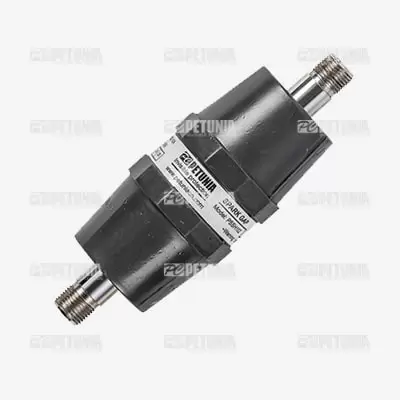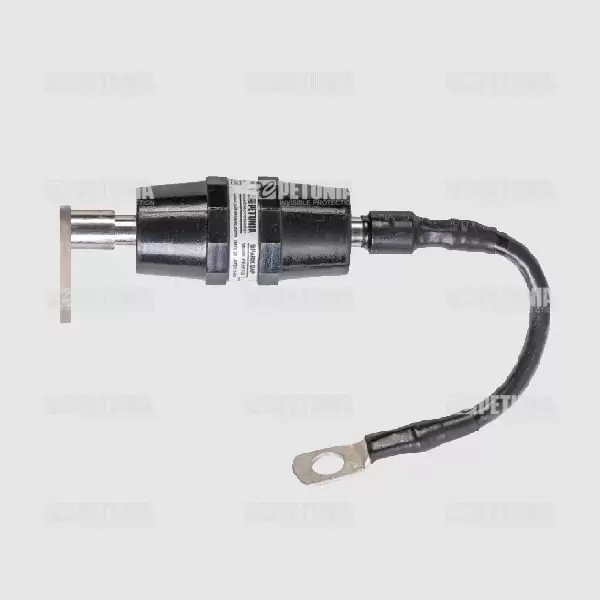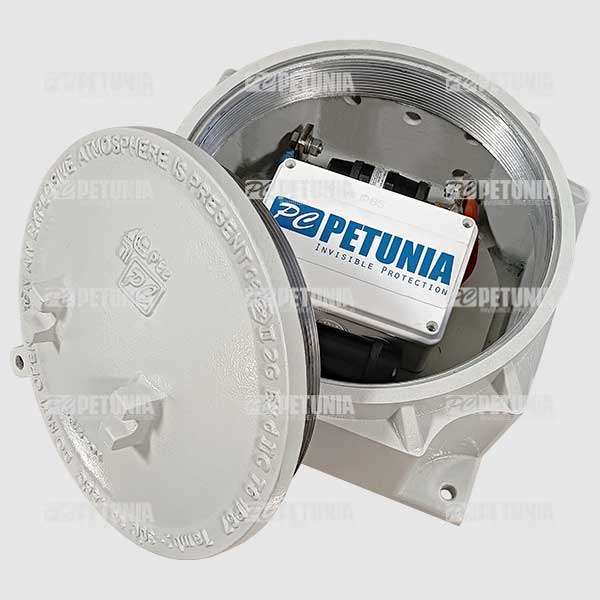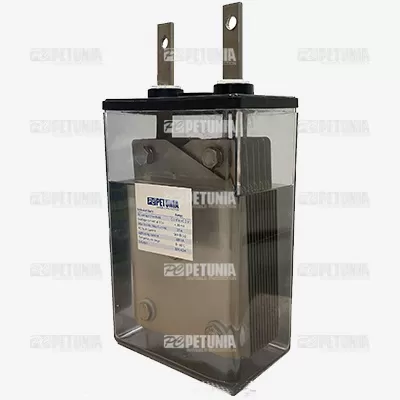Decoupling Devices

Safe Spark Gap/Explosion Proof Spark Gap
A spark gap consists of an arrangement of two conducting electrodes separated by a gap filled with a gas, designed to allow an electric spark to pass between the conductors. Normally, the two circuits on either side of the spark gap are isolated. When the potential difference between the conductors exceeds the breakdown voltage of the gas within the gap, a spark forms, ionizing the gas and drastically reducing its electrical resistance.

The spark gap is available for bridging insulating flanges in cathodically protected pipe sections in hazardous and safe areas in case of surge and lightning currents. Spark gaps are manufactured in two types of conventional and explosion proof with different current ranges.
Specification


PCR (Polarization Cell Replacement)

The PCR is a solid–state device designed to simultaneously provide DC decoupling and AC continuity /earthing when used with cathodically protected structures, such as pipelines, tanks, and earthing systems. By decoupling the cathodic protection system from earthing systems and other structures, the CP requirements can be minimized while maintaining an effective ground or bond rated for AC faults and lightning current.
Liquid Polarization Cell (PC)

Electrolytic cells, known as polarization cells, are designed to protect personnel and equipment from electrical disturbances. PC consisting of nickel plates immersed in an aqueous solution of potassium hydroxide was measured and its performance was determined for power–frequency fault currents. The main characteristic of the polarization cell is not to oppose AC flowing and to stop the DC. In the cathodic protection field, polarization cells are used to protect insulating joints on pipes, to discharge the voltages induced in pipelines by atmospheric discharges toward grounding systems, and against eventual AC interferences induced by railways on protected structures. The electric conduction fires at a voltage higher than 1.2 V and to obtain higher tensions, more than one cell has to be connected in series while to obtain higher currents has to be connected in parallel.

